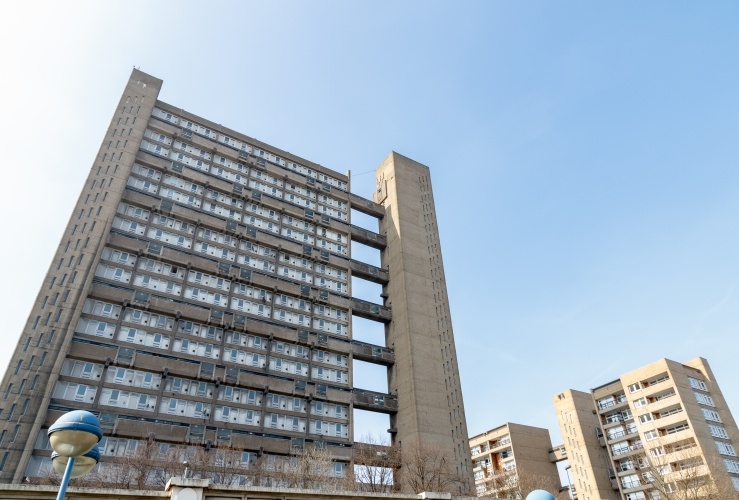
60 high rise residential blocks in 25 areas of England have been deemed unsafe, following test results on building materials. The tests were prompted by the Grenfell Tower disaster which left at least 79 dead.
So far, all the buildings that have submitted cladding samples have failed the tests, it was announced by Sajid Javid, the communities secretary.
“We expect that authorities and landlords are very sensibly giving the highest priority to buildings with which they have most concern. But we should not be in the position where buildings have such cladding on them. How this occurred – and preventing this from happening again – is likely to be a key question for the public inquiry,” Javid said on Saturday.
The news comes amid concerns over a perceived lack of clarity over the final death toll at Grenfell. Criticism has been levelled, too, at previous governments – together with the housing industry as a whole – who have been accused of placing profit before safety. Cuts to the fire brigade in recent years have also been criticised.
And as tensions rise, thousands of residents have been evacuated in London high rises due to an “unacceptable fire risk” following combustibility tests.
Labour's Diane Abbot said the Grenfell Tower disaster was "a direct consequence of outsourcing … and a direct consequence of deregulation.”
However, the Conservatives have accused Labour of politicising the tragedy.
Residential blocks deemed unsafe so far are located in Manchester, Portsmouth and Sunderland, as well as Norwich, Doncaster, Stockton-on-Tees and Plymouth. Unsafe high rises have also been identified in seven London boroughs – Barnet, Brent, Camden, Hounslow, Islington, Lambeth and Wandsworth. 27 further buildings have been declared unsafe but as yet have not been named.




